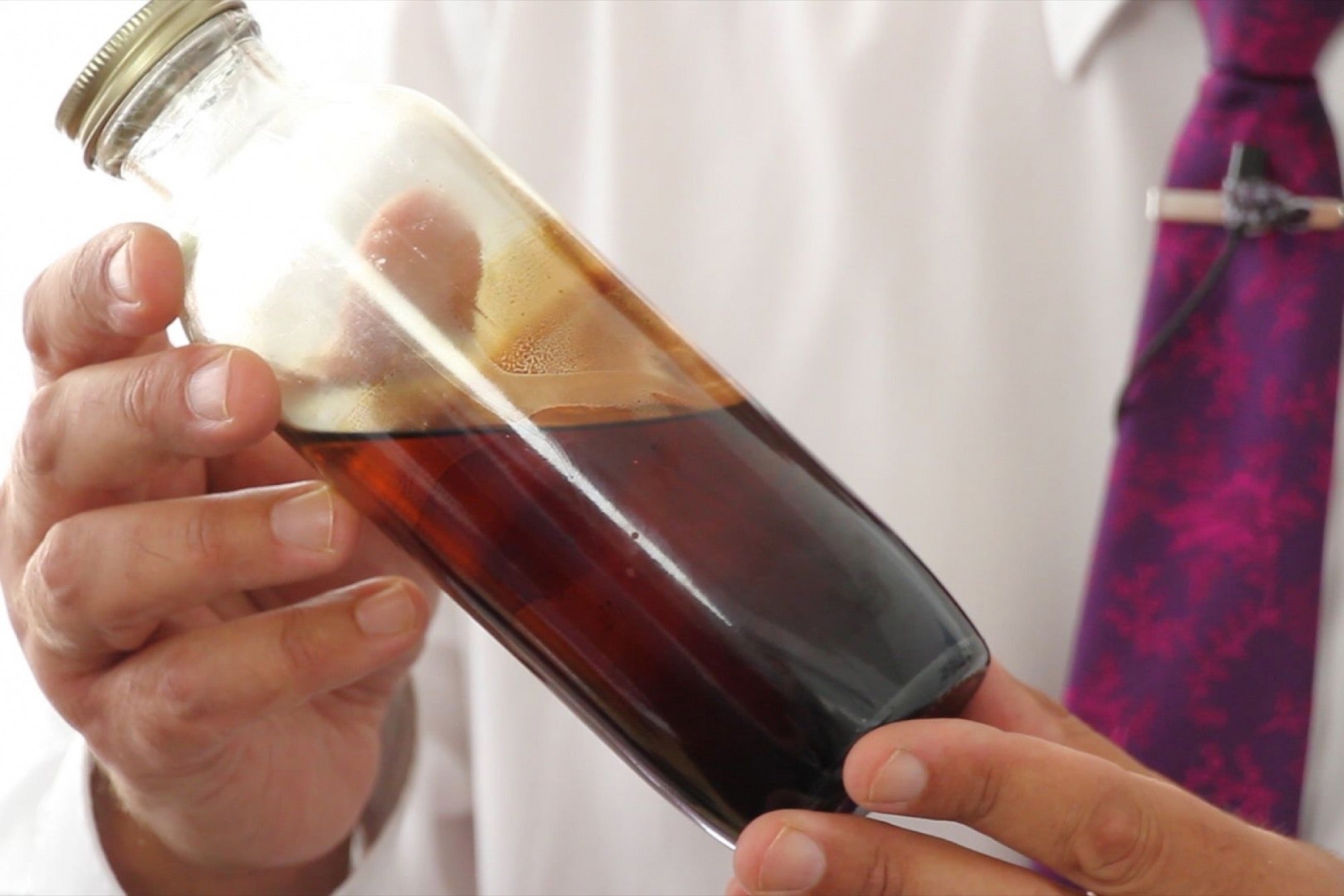In a world grappling with environmental crises, innovative solutions are imperative to mitigate the impact of waste accumulation. Among the numerous waste management strategies, pyrolysis has emerged as a promising technique, particularly for dealing with non-biodegradable materials like tyres and plastics. This post delves into the realm of small scale pyrolysis equipment, exploring its significance, process, benefits, challenges, and potential for revolutionizing waste management practices.

Understanding Pyrolysis
Pyrolysis is a thermal decomposition process that breaks down organic materials at elevated temperatures in the absence of oxygen. This leads to the conversion of waste materials into valuable by-products such as bio-oil, syngas, and char. Small-scale pyrolysis refers to the application of this process on a localized or community level, offering a decentralized approach to waste management.
Significance of Small-Scale Pyrolysis
The significance of small-scale pyrolysis lies in its ability to address multiple environmental and economic challenges:
Waste Reduction: By converting tyres and plastic waste into useful products, small-scale pyrolysis helps in reducing landfill accumulation and curbing environmental pollution.
Resource Recovery: Pyrolysis enables the recovery of valuable resources from waste, such as energy-rich bio-oil and syngas, which can be utilized as renewable fuels or feedstocks for various industries.
Energy Generation: The syngas produced during pyrolysis can be combusted to generate heat and electricity, contributing to energy independence and reducing reliance on fossil fuels.
Economic Opportunities: Small-scale pyrolysis plants can create local job opportunities and stimulate economic growth by fostering the development of a circular economy. The fully continuous pyrolysis plant is also a good choice for large scale processing.
Process of Small-Scale Pyrolysis
The process of small-scale pyrolysis typically involves the following steps:
Feedstock Preparation: Tyres and plastic waste are shredded or granulated to facilitate efficient processing.
Heating: The shredded feedstock is introduced into a pyrolysis reactor, where it undergoes thermal decomposition at temperatures ranging from 300°C to 800°C.
Vaporization: In the absence of oxygen, the organic materials vaporize, yielding gases, liquids, and char.
Condensation: The vapors are cooled and condensed to recover the liquid fraction, known as bio-oil, while the gases are collected for further processing.
Char Recovery: The solid residue, or char, remaining in the reactor can be utilized as a source of carbon or processed into activated carbon for various applications.
Benefits of Small-Scale Pyrolysis
Small-scale pyrolysis offers several benefits compared to traditional waste management methods:
Environmental Sustainability: By converting waste into valuable products, pyrolysis reduces greenhouse gas emissions, soil and water contamination, and the depletion of natural resources.
Flexibility: Small-scale pyrolysis plants can be deployed in diverse settings, including rural areas, urban centers, and industrial estates, providing a flexible solution to waste management challenges.
Scalability: The modular design of small-scale pyrolysis systems allows for scalability, enabling incremental expansion based on the local demand for waste processing.
Waste Valorization: Pyrolysis transforms waste materials into high-quality products with commercial value, fostering a circular economy and promoting resource efficiency.
Challenges and Limitations
Despite its potential, small-scale pyrolysis faces certain challenges and limitations:
Technological Complexity: Designing and operating pyrolysis systems require technical expertise in thermal engineering, process optimization, and safety management.
Feedstock Contamination: Contaminants present in waste streams, such as metals, halogens, and inert materials, can degrade the quality of pyrolysis products and impair reactor performance.
Emission Control: Pyrolysis emissions, including volatile organic compounds (VOCs) and particulate matter, must be effectively controlled to comply with environmental regulations and ensure public health and safety.
Economic Viability: The economic viability of tire to oil machine hinges on factors such as feedstock availability, product markets, capital investment, and operational costs.
Future Prospects and Innovations
Despite the challenges, ongoing research and innovation hold promise for advancing small-scale pyrolysis technology:
Feedstock Diversification: Exploring alternative feedstocks, such as agricultural residues, biomass, and waste plastics, can enhance the sustainability and resilience of pyrolysis systems.
Process Optimization: Innovations in reactor design, catalyst development, and process control can improve the efficiency, yield, and product quality of small-scale pyrolysis.
Integrated Systems: Integrating pyrolysis with other waste management technologies, such as anaerobic digestion and gasification, can enhance resource recovery and energy efficiency.
Policy Support: Policymakers can promote the adoption of small-scale pyrolysis through incentives, regulations, and public-private partnerships aimed at fostering innovation and market development.
Conclusion
Small-scale pyrolysis holds immense potential for transforming waste management practices and advancing the transition towards a circular economy. By converting tyres and plastic waste into valuable products, this innovative technology offers a sustainable solution to environmental challenges while creating economic opportunities for local communities. However, realizing this potential requires concerted efforts from stakeholders across sectors to overcome technical, economic, and regulatory barriers and unleash the full benefits of small-scale pyrolysis for society and the planet.